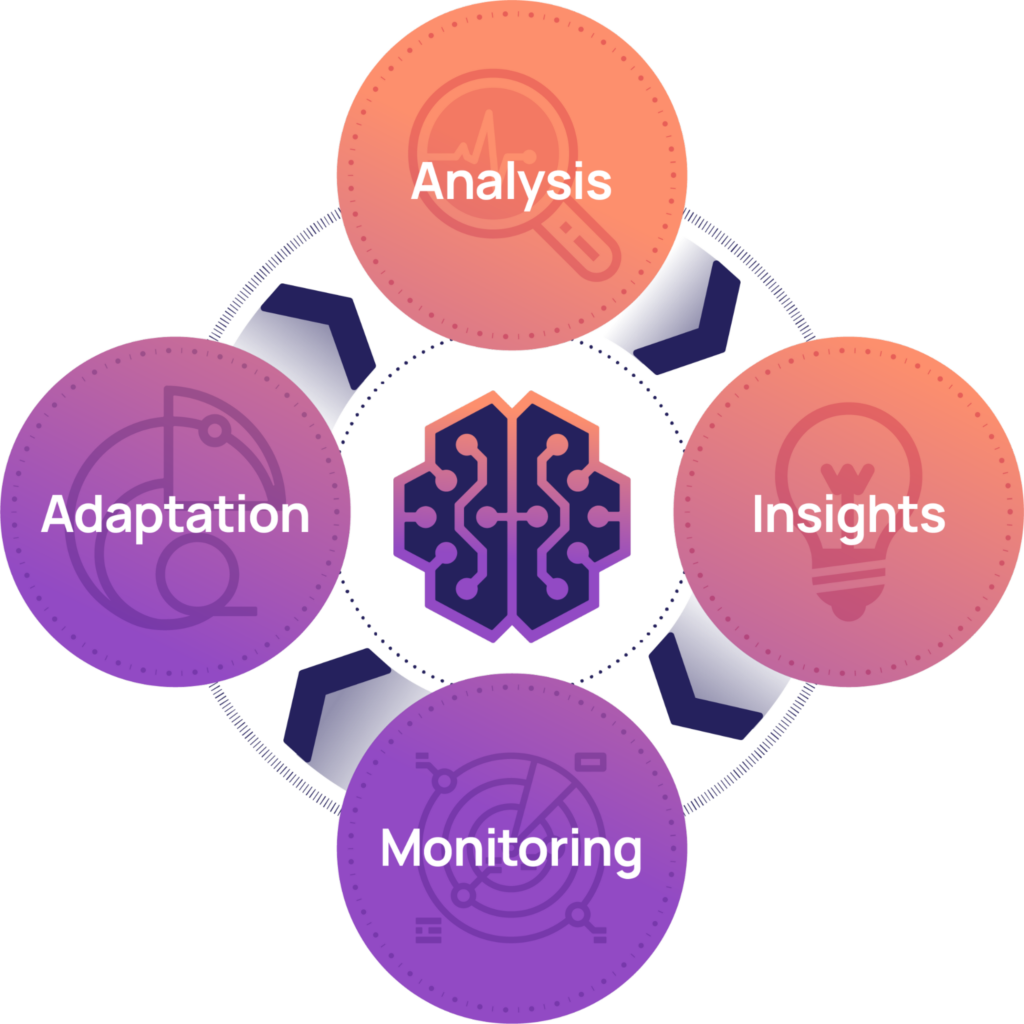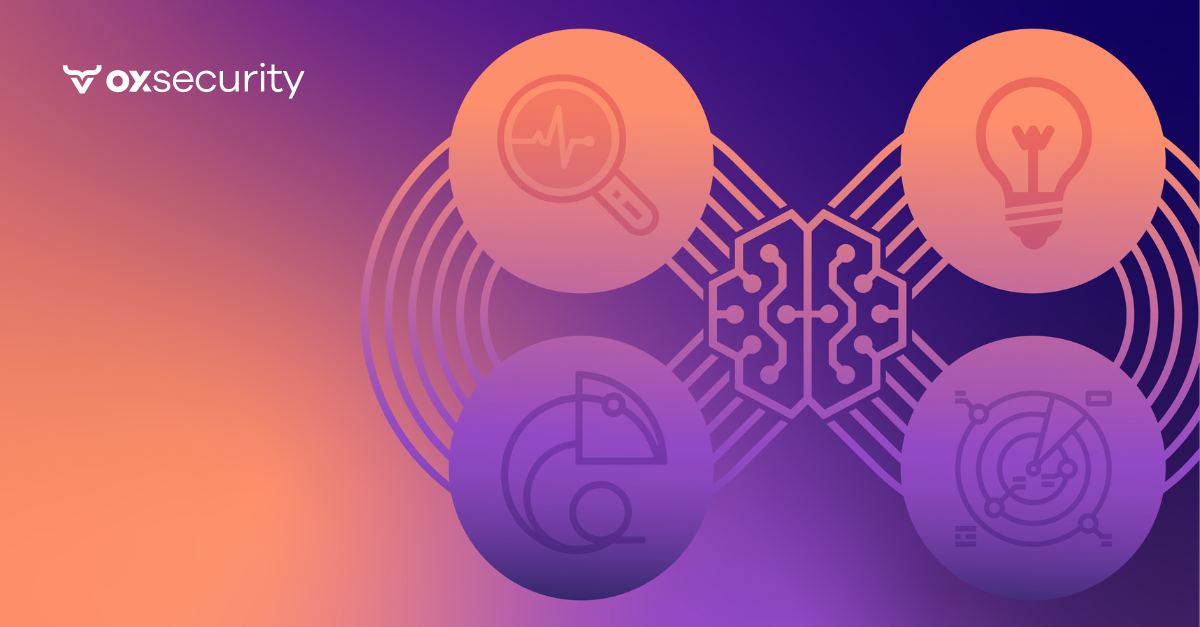Digital Learning Loops (DLLs) are gaining attention for their role in continuously enhancing processes through iterative learning and feedback. In application security (AppSec), a DLL initiates by collecting data from various security processes and system interactions.
How a DLL works in AppSec
In application security (AppSec), a Digital Learning Loop (DLL) begins by collecting data from various security processes and interactions within the system.
- This data is meticulously analyzed to identify patterns, anomalies, and potential threats, as well as to assess the effectiveness of existing security measures.
- The insights gained from this analysis inform updates to security protocols, patches for vulnerabilities, and modifications to system configurations to enhance defenses.
- Monitoring the effectiveness of these actions provides critical feedback that shapes the next cycle of improvements.
- This continuous, iterative process is designed to create a self-optimizing system that dynamically adapts to evolving threats and technologies, thereby enhancing security efficacy and reducing risks.

When integrated with structured frameworks like the Open Software Supply Chain Attack Reference (OSC&R), DLLs facilitate dynamic and strategic adjustments in security practices, with a particular emphasis on incorporating Application Detection and Response (ADR).
Effectively implementing a DLL with an emphasis on ADR integration
Our vision at OX Security is to eliminate manual AppSec, which requires removing as many barriers as possible, which, in OX’s case, means starting with an agentless solution.
- Establish Baseline Security Practices: Start by mapping out your current AppSec posture using the OSC&R framework. This step involves identifying key components and understanding their behaviors and interactions within your AppSec environment.
- Identify and Prioritize Risks: Utilize OSC&R to pinpoint vulnerabilities and threats to your applications. By analyzing the tactics, techniques, and procedures (TTPs) employed by attackers, you can prioritize areas that require immediate attention.
- Implement Security Controls: Apply the necessary security controls based on the risks identified. OSC&R provides a detailed guide to security measures appropriate for different stages of the software supply chain.
- Integrate Detection Mechanisms: Enhance your existing detection systems and logging capabilities, including the integration of third-party agents from cloud providers, to bolster monitoring and real-time detection of anomalies or threats within your AppSec program.
- Continuous Monitoring and Detection: Implement continuous monitoring to track the behavior of your software supply chain components in near-real time. This monitoring helps detect deviations from baselines, indicating potential security incidents. Additionally, incorporate both agentless and agent-based ADR tools to enhance detection capabilities and enable timely responses to threats.
- Incident Response and Mitigation: When detecting a security incident, follow OSC&R’s outlined response strategies to mitigate the threat effectively. This might involve isolating affected components, applying patches, or changing configurations to prevent further attacks.
- Generate the Digital Learning Loop (DLL): Connect agentless ADR to your Application Security Posture Management (ASPM) to create a continuous feedback loop. This integration allows the detection and response mechanisms provided by agentless ADR to feed into the ASPM, fostering a dynamic and evolving security posture. This continuous improvement cycle is vital for achieving our goal of automated AppSec, as it reduces the need for manual intervention and boosts the efficiency and effectiveness of security operations.
By integrating OSC&R with your existing tools and third-party solutions, and specifically connecting ADR to ASPM, you can create a dynamic and resilient security posture that continuously evolves to meet emerging threats. This approach not only enhances threat detection and response capabilities, but also fosters a culture of continuous improvement and adaptation within your organization’s security practices; that aligns with the vision to eliminate manual AppSec.
Want to learn more about the OSC&R framework? Download the report here.







